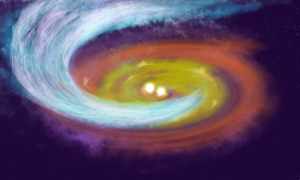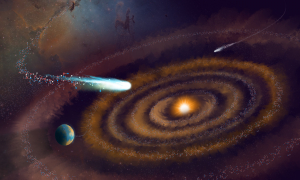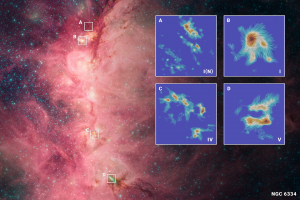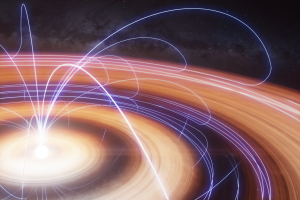A team of astronomers led by Paulo Cortes, a scientist with the U.S. National Science Foundation National Radio Astronomy…
First-ever Detection of “Heavy Water” in a Planet-forming Disk
The discovery of ancient water in a planet-forming disk reveals that some of the water found in comets—and maybe…
Cosmic Tug-of-War: Gravity Reshapes Magnetic Fields in Star Clusters
Astronomers have captured the clearest picture yet of how massive stars are born, revealing a dramatic interplay between gravity…
Astronomers Reveal Planet Building’s Secret Ingredient: Magnetism
Astronomers have created a detailed map revealing the magnetic fields weaving through TW Hydrae, one of the closest known…
Neighboring Star’s Warped Ring Shaped by Evolving Planets
Astronomers using the Atacama Large Millimeter/submillimeter Array (ALMA) have made the highest resolution image to date, revealing new insights…
Comet’s Water Holds Clues to Life on Earth
New research has uncovered compelling evidence that water from a comet is strikingly similar to that found in Earth’s…











